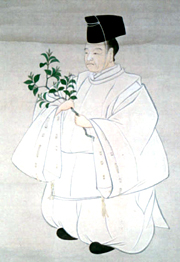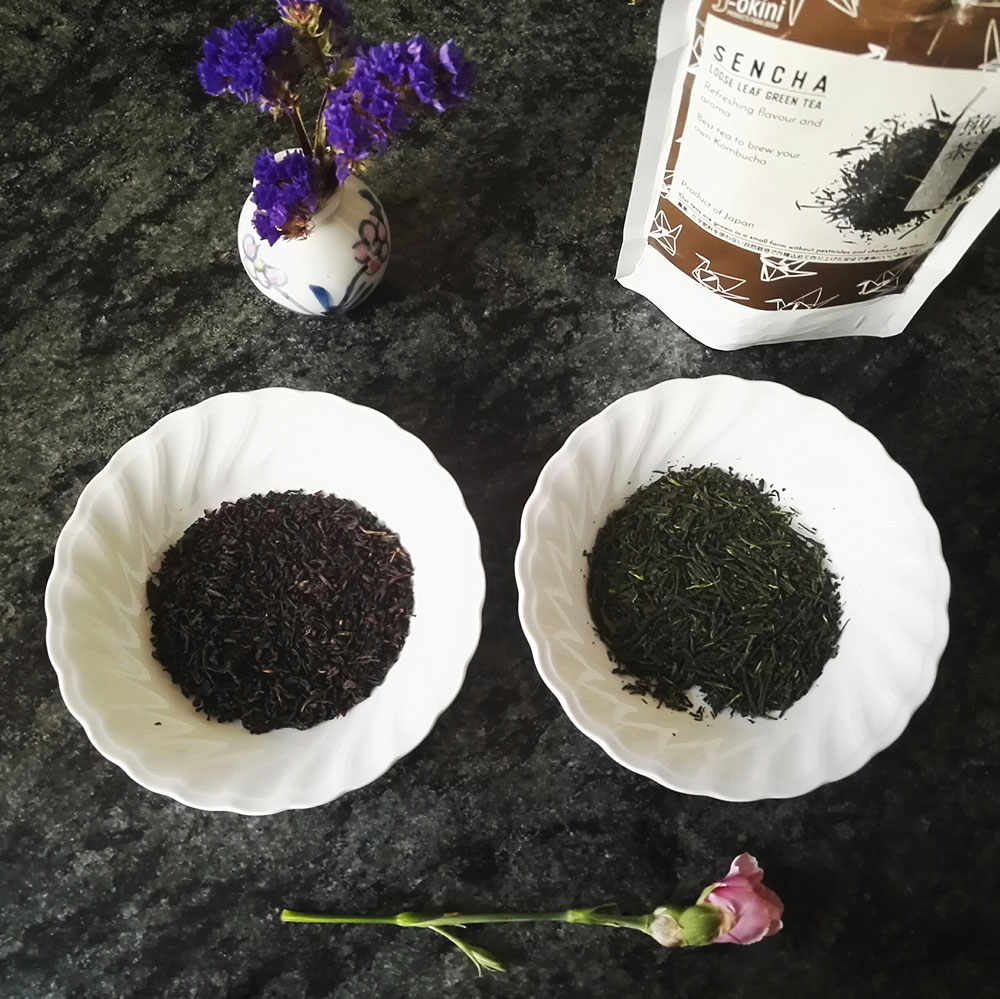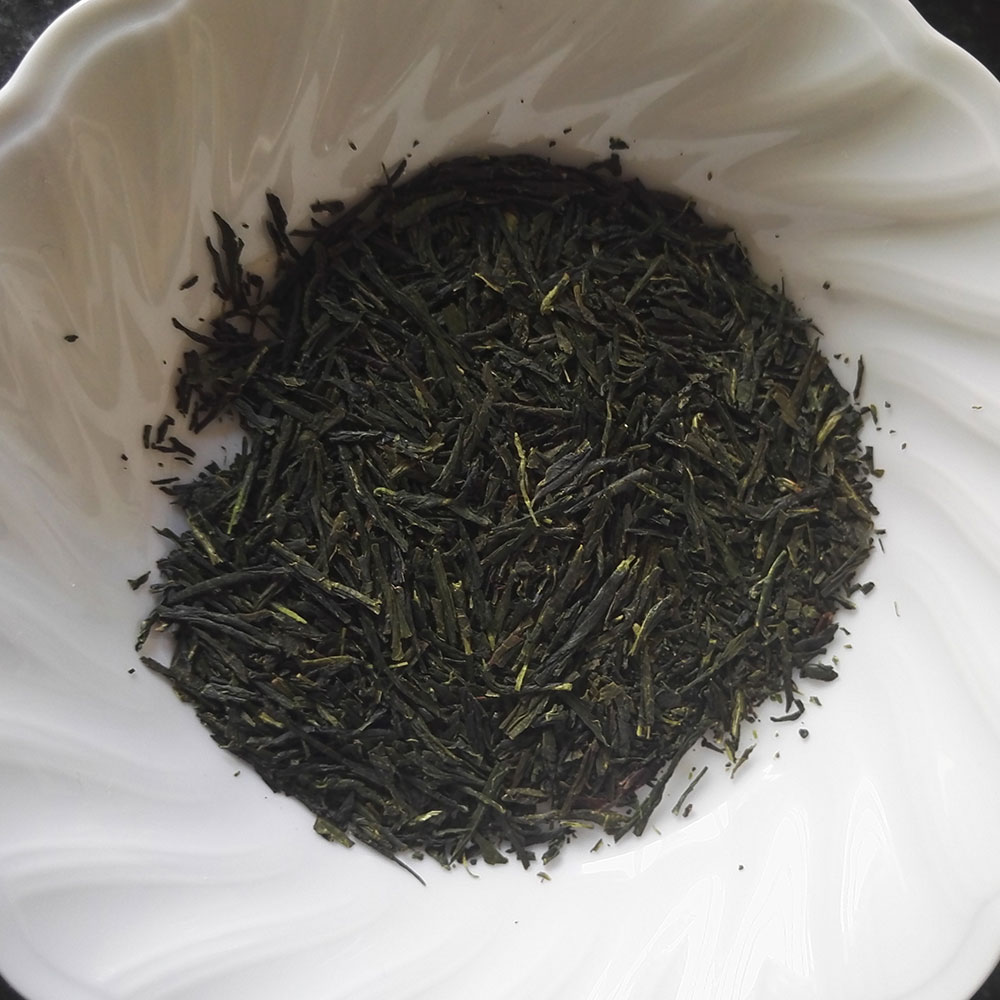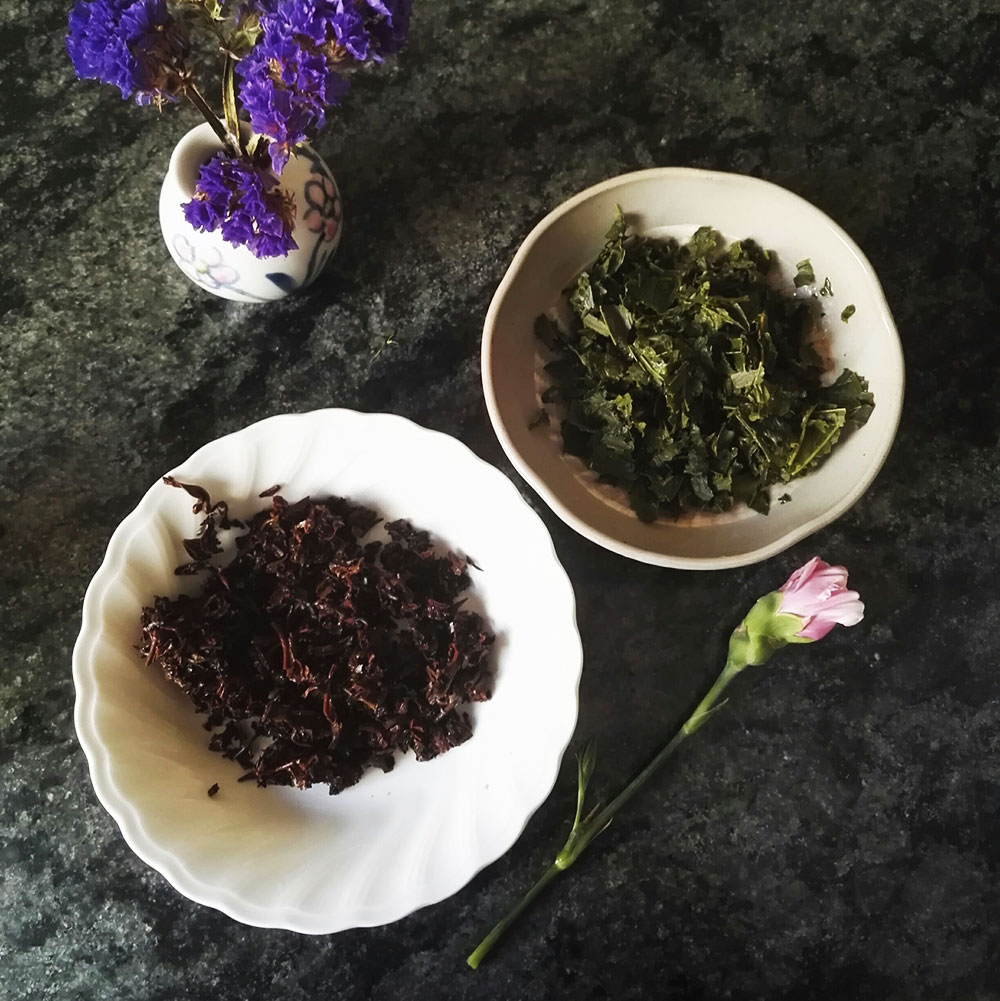Processing of Japanese green tea
Tea processing may sound simple but in fact it’s complex. Processing of Japanese green tea is unique.
As for Sencha, the following 10 steps are followed in general and 3kg of tea leaves turn into 600g at the end!
- 荒茶 Aracha (unrefined tea) manufacturing process
All the tea leaves are steamed right after the harvest in the steamer
2. Cooling machine
The steamed tea leaves are cooled.
3. Rough Kneading Machine
The tea is dried with hot air while being kneaded
4. Rolling and Kneading Machine
Rolled and kneaded to even out moisture
5. Middle Kneading Machine
Tea leaves are dried with hot air while being kneaded again
6. Shaping Machine
Heat and pressure are added to shape the tea leaves into thin needle shapes while being dried
7. Dryer
Dry again completely
Up to this point the tea is called Aracha (unrefined tea)
8. Total finishing Machine
Aracha leaf sizes are mixed at this point. Big leaves are cut into smaller and powdered tea is removed to make the tea look uniform
9. Classification Machine
Tea is classified more in details. Leaves are separated from stems and old leaves are removed. Tea which has more moisture has more value.
10. Final Drying Machine
Tea is dried even more to bring unique aroma
<Who established this Sencha processing method?>
This processing method is one of the reasons that Japanese green tea is renowned for its fresh and healthy tea and it was established by Nagatani Souen in 1738. Everything was done by hand at that time.
There is a word 試行錯誤 Shikou Sakugo in Japanese. It means trials and errors. He continued 試行錯誤 Shikou Sakugo and took 15 years to finish his perfect tea. I don’t like to boast much about our country but this shows the soul of Japanese craftsmanship. There is a name of this processing and it is called 青製煎茶製法 Aosei Sencha Seihou. By drying and kneading at the same time, it makes it easier to keep the same level of moisture or control the moisture in the leaves. This resulted in making tea with more flavour and better colour. Ao of Aosei Sencha Seihou means Blue and that is because the colour of green leaves became more blue green. The tea leaves colour used to be more black before this process was born.
<Comparison with Sencha loose leaf and Black tea>
I took a photo comparing Sencha green tea with black tea. You can see that the Sencha leaves are thin like needles. When you brew it, the leaves open up and grows in the water more than black tea. I also ate the both tea leaves after brewed. The Sencha is softer than black tea. This is because of the steaming process and there is more moisture in the leaves.
You can zoom by clicking the photo.
They both come from the same plant Camellia sinensis. But the surrounding environment and processing create completely different flavour. I think this is one of the reasons that tea enthusiasts are attracted to. Good tea is really up to the skill, knowledge and effort of tea farmer. There are also different cultivars like wine has. Some single origin tea in Japan can cost up to double or more of our Sencha’s price. Our tea consists of mainly Yabukita.
Green tea shouldn’t be oxidised to retain such vegetal, grassy flavour – meaning more nutritious. Even when we compare Japanese green tea with other origin, the environment that tea grows plus the way of processing makes the most healthy and delicious green tea in the world that no one else can make the same. It’s unique.
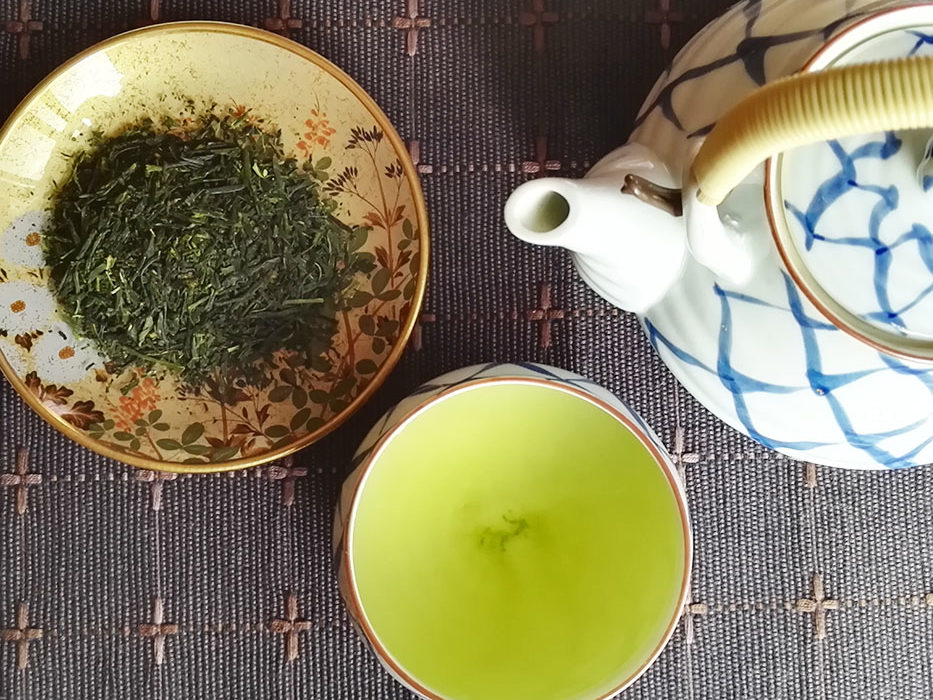
Buy Sencha loose leaf from here
Matcha’s process is different from Sencha. Would you like to know? Maybe in the next post 🙂
